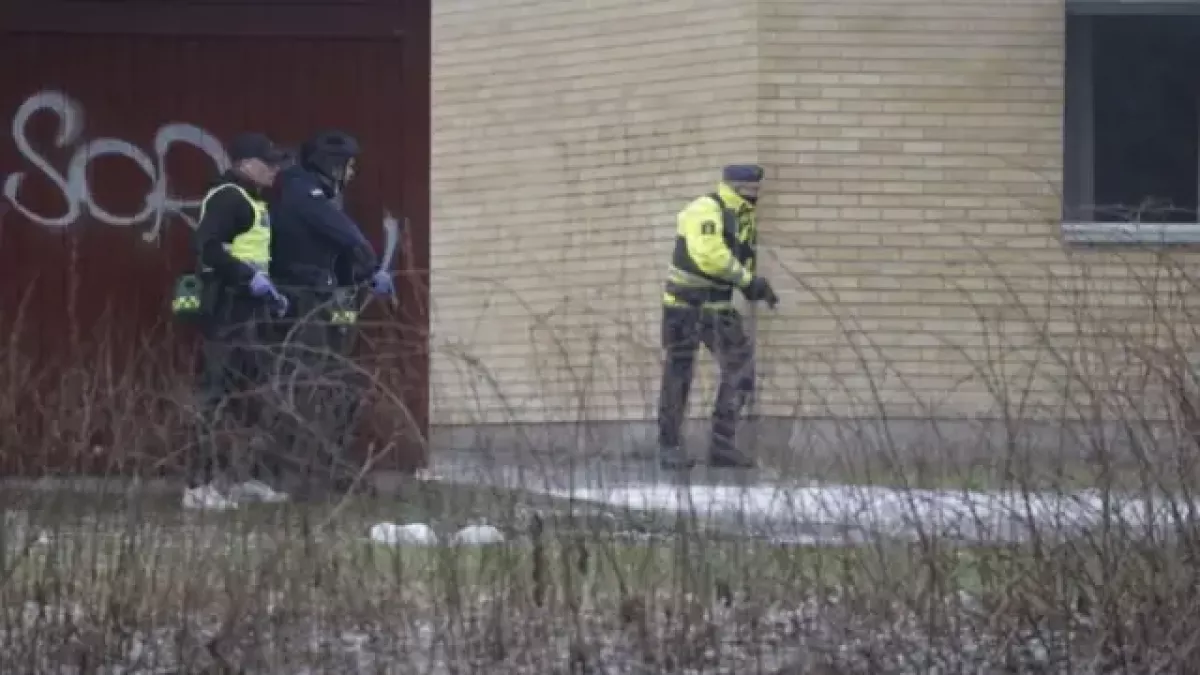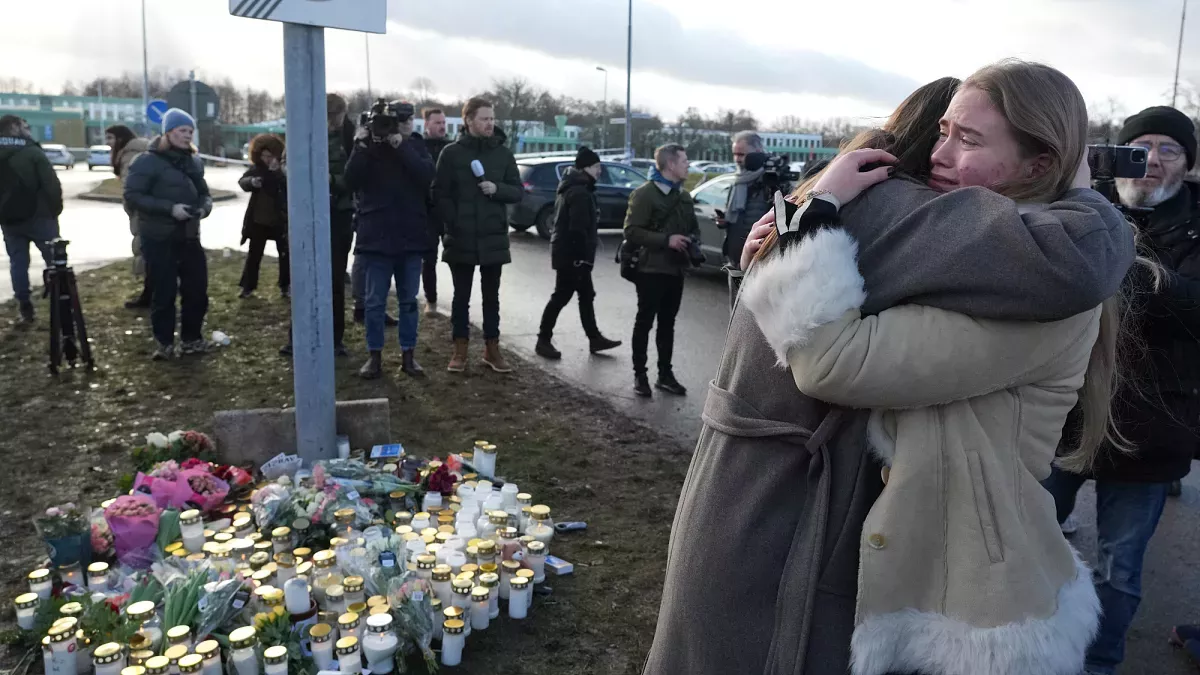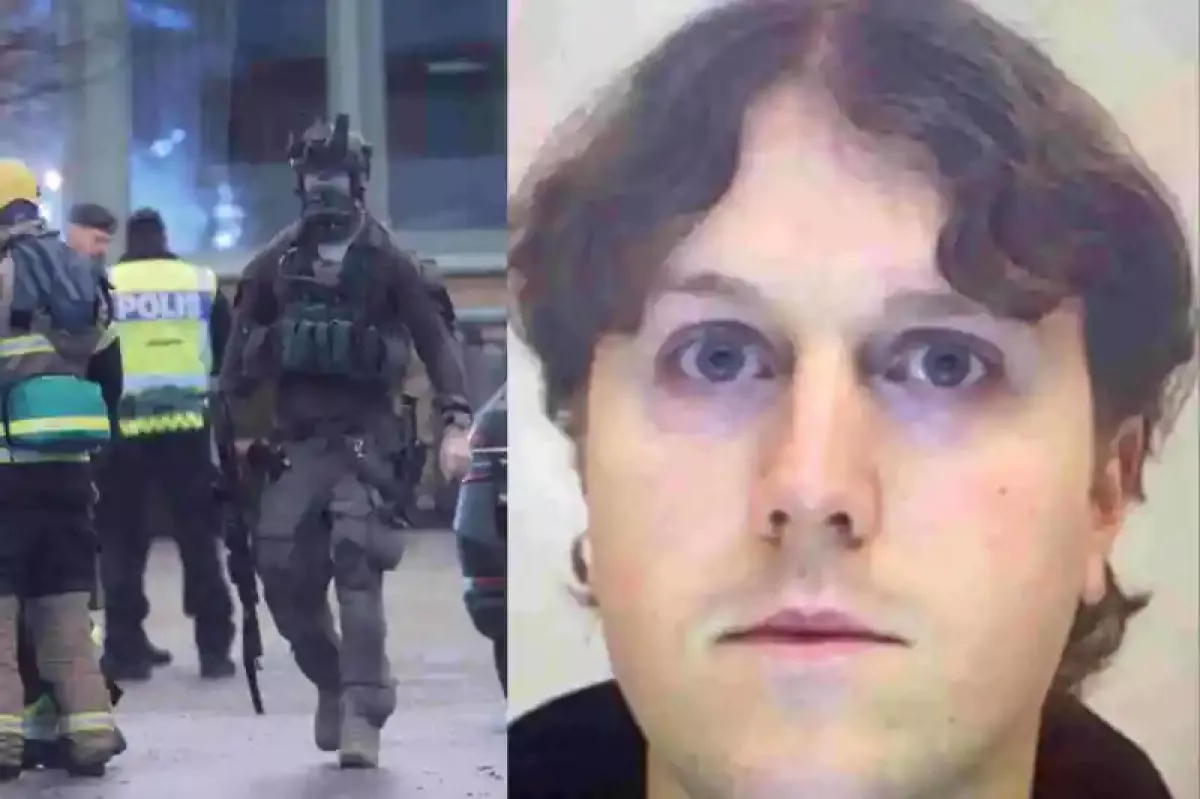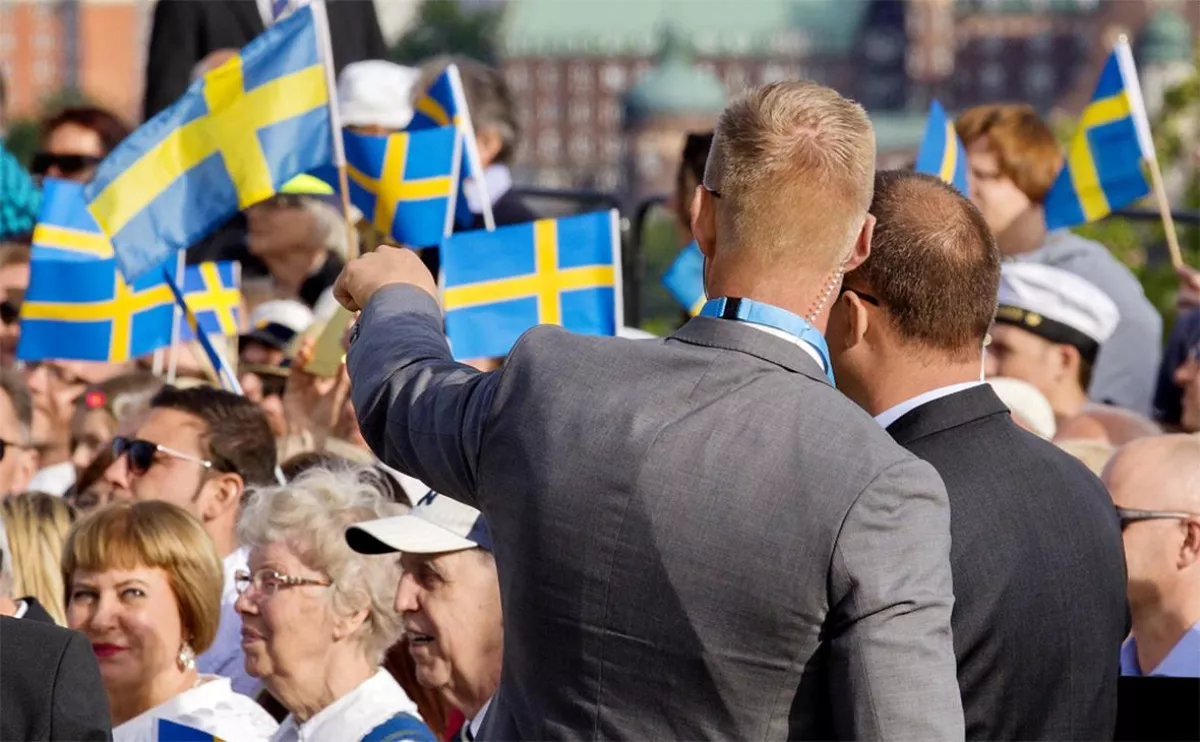Sweden: Farewell to peaceful life? Mass shooting in Örebro
A Bloody Massacre in Örebro: Sweden has never known such a tragedy in its history. Why has this become possible?
At a Swedish school, a gunman with a semi-automatic weapon killed 10 people before being shot by the police. Once a tranquil Scandinavian country, Sweden is increasingly turning into a stage for brutal crimes.
Deadly violence in a quiet city
For those who visited Sweden in past years, it likely stood out as a calm, peaceful country. The overall atmosphere and the behaviour of its composed, balanced citizens suggested that serious incidents, especially violent ones, could not happen here. So what has happened in Sweden now?
The tragedy unfolded on February 4 at the educational centre Campus Risbergska, where an unknown assailant opened fire on people. Swedish Prime Minister Ulf Kristersson has already described this crime as the most horrific mass shooting in the country's history.
The first reports of shots fired near a school in the Vestgatan area appeared on the police website around 12:33 PM. Upon receiving the call about an armed attack, police officers responded to the scene. A man was found shot dead at the entrance of the school. The building of the educational centre was filled with smoke, and gunshots could be heard inside, along with the sound of the fire alarm. Police officers were also reportedly fired upon.

Ten minutes later, ambulances and rescue workers arrived at the campus. According to video footage, special forces with appropriate equipment were involved in the operation. Those inside the school, in a state of shock, sent messages to their friends, informing them about the shooting and that they were hiding in classrooms. In the recorded footage, people, including women in Muslim headscarves, can be seen taking cover under desks in classrooms.
The population was advised to stay away from the area due to the threat of deadly violence, to remain at home or leave the area entirely. Students from six schools in the city and visitors at a restaurant were also temporarily kept inside their locations under protection. At 2:12 PM, the police continued to warn: "The danger has not passed. The public should continue to stay away from Västhaga." By 3:39 PM, the police reported that they were still searching the school for the perpetrator. Members of the public were still not allowed to approach the scene. Around the same time, the police held a press conference.
Initially, the police reported four fatalities, but the number of dead later rose to 11. Six others were injured and transported to hospitals, which were placed on emergency alert. Five of the hospitalized individuals underwent surgery for gunshot wounds. Six police officers, who had inhaled smoke inside the school, were also temporarily hospitalized. According to the police, they were met with a scene of hell: "Dead people, the wounded, screams, and smoke." Psychological support was provided to the officers involved in the operation due to the trauma they experienced, and they were granted time off. Around 130 law enforcement personnel were involved in the incident response.
It was reported that a 35-year-old man was suspected of carrying out the attack, and he was believed to be among the deceased. Law enforcement authorities were investigating whether the assailant had any accomplices. That same evening, security forces arrived at the suspected shooter's residence. The operation was conducted with maximum caution. A drone was used to monitor the building, and special forces approached the house with automatic rifles ready. They entered the premises using an assault ladder.
The actions committed by the suspect were classified as attempted murder, arson, and a serious crime involving the use of weapons.
Later, experts criticized the police for their initial response, stating that the first patrols, upon encountering a man with a rifle, immediately retreated. Instead of neutralizing the criminal, blocking him, or drawing attention away from the situation, they hid and waited for the arrival of the tactical unit. It was only about an hour later, after a "lengthy search," that the suspect was found dead. By this time, he had already shot ten people. The police defended their actions, stating that it was difficult to navigate in the smoke-filled environment, to identify the criminal, and to use firearms effectively. Flashbang grenades were not used either.

It was later revealed that the perpetrator brought his weapon in a bag resembling a guitar case. He walked around the campus with the bag for some time before entering a restroom, changing into a paramilitary uniform, retrieving his weapon, and starting to shoot. According to witnesses, people fled in panic, while the gunman calmly walked through the school, firing shots. Upon the arrival of the police, the assailant threw a smoke grenade.
It was later determined that within just 7 minutes and 56 seconds, 45 shots had been fired. In the evening, at the site of the mass shooting, people placed lit candles in memory of the victims. A spontaneous demonstration also took place there under the slogan: "Enough!"
"You will leave Europe!"
What motives could have driven the serial killer? At a press conference held shortly after the incident, police spokesperson Gabriel Henning stated that the suspect was not a member of any gang, had no criminal record, and was not previously known to the police. It was also announced that "nothing indicates that this act had terrorist objectives." By "terrorist," they likely meant racist or nationalist motivations. "Everyone can only take responsibility for spreading confirmed information. Rumours and speculation only heighten anxiety in an already tense time," the Swedish police warned on their website.
However, let's look at the known circumstances of the incident. The municipal educational centre in Örebro provides adult education and vocational training. Among other things, it serves migrants who have arrived in Sweden.

The name of the suspect in this brutal crime was immediately released—Rickard Andersson. A neighbour of the alleged killer told reporters that she couldn't understand how this person could have done such a thing. Judging by the photos, he appeared to be an ordinary young man with slightly curly hair, not resembling a militant. However, there was something troubling in his gaze, with dark circles under his eyes. According to people who knew him, he was reclusive, antisocial, and a "hermit." Since 2014, he had not worked anywhere and was even deprived of benefits for not attempting to find employment.
However, between 2018 and 2020, Andersson actively travelled across Southeast Asia and also visited Jamaica. Despite this, the shooter from Örebro left almost no digital traces of himself on the Internet.
At school, he struggled academically and was very quiet and withdrawn. In his senior years, he studied through an individual program in a special class for children with Asperger syndrome and high-functioning autism. He failed several exams but had good grades in the arts and history. According to information gathered by some journalists, Andersson had been different in childhood, with a lively character and doing well in school. But later, his mother remarried a Black man.
In recent years, the suspected shooter had no contact with his family and even changed his original surname from Jonas Rickard Simon to Rickard Andersson in 2017. He had never served in the military but, since 2011, held a license to possess four types of firearms. These included a Browning BAR Long Track .30 calibre semi-automatic hunting rifle, a Ruger 10/22 .22 calibre semi-automatic rifle, and two shotguns. Three of these firearms were found next to his body at the school. Given that, according to the police, no shots were fired by their officers, it is believed that the shooter took his own life.
Although initially withheld, information eventually surfaced that most of the victims at the educational centre in Örebro were migrants. The police investigation also revealed that the suspect had visited and studied at the educational centre multiple times. For a long time, the police continued to assert that they had no information regarding the ideological nature of the school shooting. It was only on February 9 that Niclas Hallgren, deputy head of the regional police, stated that racial motives for the crime could not be ruled out.
In a video recorded by one of the students in the school restroom, after the first two shots, someone can be heard shouting, "You will leave Europe!" The police have stated that they are unable to determine who the voice belongs to at this time.
On February 10, the prosecution announced that Rickard Andersson had been definitively identified as the perpetrator of the crime at the school in Örebro. Seven women and three men were killed.
There are now strong reasons to believe that racial prejudices, possibly formed or exacerbated by certain family and psychological issues, may have been the primary motivation behind the actions of the shooter in Örebro.
Goodbye, tolerance?
Among the victims was 31-year-old Ali Mohammed Jafari, a father of two, who was studying to become a janitor. He and his family made a dangerous journey across the Mediterranean Sea, the "sea of death." Ali fled war-torn Afghanistan in search of a safe refuge in "peaceful" Sweden. Instead, he found his death. Now, his daughters are afraid to go outside and do not want their mother to continue attending nursing courses at the school in Örebro.

In reality, Sweden has long ceased to be a peaceful country. In recent years, there has been a rise in organized crime, especially related to drug trafficking. Violent criminal wars between competing gangs, featuring shootouts and explosions, have taken the lives of dozens. In recent years, the number of fatalities from gun violence and shooting incidents in Sweden has become comparable to levels seen in southern Italy.
At the same time, there has been a growing rise in xenophobic sentiments, as well as anti-Semitism and Islamophobia. Between October 7 and December 31, 2023, 110 anti-Semitic crimes were recorded in the country, nearly five times more than in the same period in 2022.
Victims of discrimination and hatred also include the Sámi people, the indigenous population of Scandinavia. In November 2024, the parliamentary reindeer husbandry commission was disbanded shortly after it acknowledged in its report that the Sámi have the right to lease land for hunting and fishing small game in their region.
The anti-Islam far-right party Sweden Democrats is the second largest in the Riksdag. Danish-Swedish ultra-right politician Rasmus Paludan has caused major scandals with his provocations, including burning the Quran and insulting the feelings of Muslim believers, leading to violent protests in Sweden in 2022.
It appears that the shooter in Örebro was not affiliated with any far-right organizations, but acted alone. Unlike the racist mass murderer Anders Breivik from neighbouring Norway, he did not leave behind an ideological manifesto. However, this unprecedented massacre in modern Swedish history, committed on racial grounds, should make many people in Sweden and across the EU seriously reflect on these issues.








